Ask MarketingSherpa: How to get high-paying customers and clients
We frequently receive questions from our email subscribers asking marketing advice. Instead of hiding those answers in a one-to-one email communication, we occasionally publish edited excerpts of some of them here on the MarketingSherpa blog so they can help other readers as well. If you have any questions, let us know.
Dear MarketingSherpa: I am so happy I came across your site. Just flipping through and reading this email alone convinced me I’ll learn a lot from you. I am also grateful for the high-value report, I have downloaded it and will schedule time to really consume it.
My current challenge in my business is how to package my services for high-profile clients and charge them the premium fees for what I am worth. My business suffers from [in]consistent cashflow and high-paying clients.
I appreciate your help in transforming my businesses to target the affluent.
Dear Reader: So glad you found it helpful. Here are a few pieces of advice to help you overcome your challenges. This is a very frustrating challenge I’ve heard expressed by business leaders and companies ranging from ecommerce sites to consulting firms.
To charge premium fees you must have a powerful and unique value proposition.
What you offer must be appealing, however, in your situation where you are able to sell the service but must sell it at a low price, the likely culprit is lack of exclusivity in your value proposition.
To illustrate the point, I worked with James White, Senior Designer, MECLABS Institute (parent research organization of MarketingSherpa), on the below visual. Let’s walk through it.
The letters in the equation-looking grouping in the upper right are from the MECLABS Net Value Force Heuristic, a thought tool based on almost 20 years of research to help you understand which elements to adjust to increase the force of a value proposition. As you can see, exclusivity isn’t the only element of a forceful value proposition.
To the left are products and services with a low level of value differentiation. And to the right are products with a high-level of value differentiation.



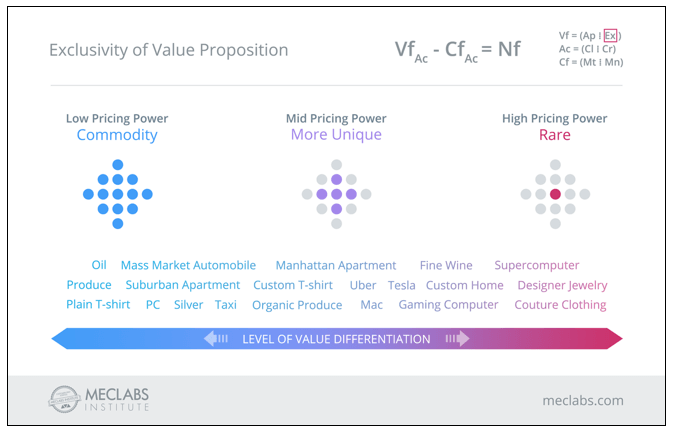
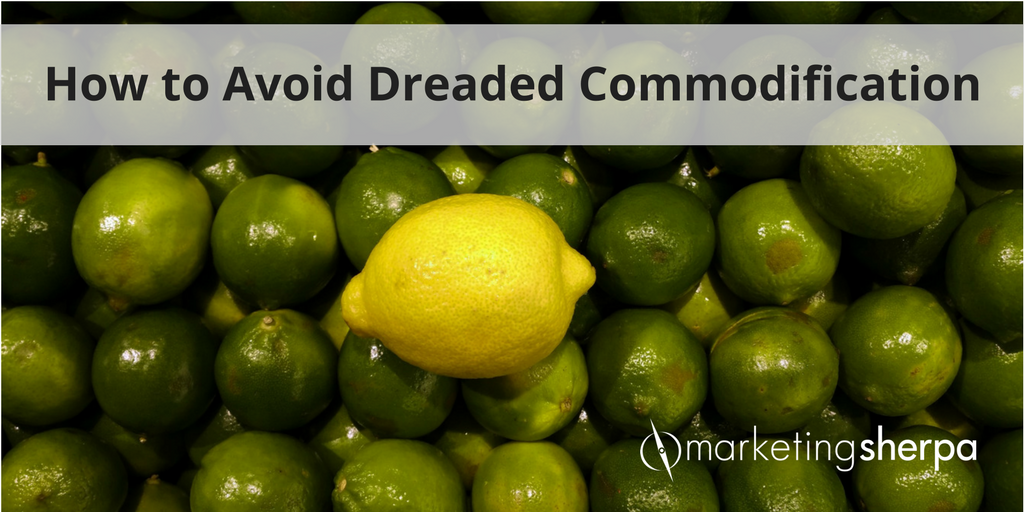
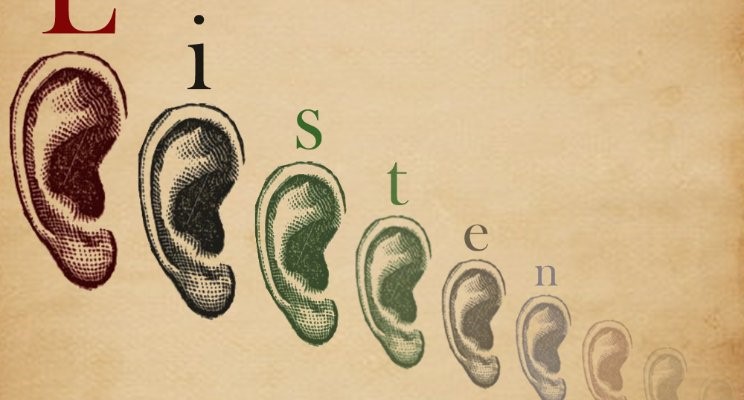


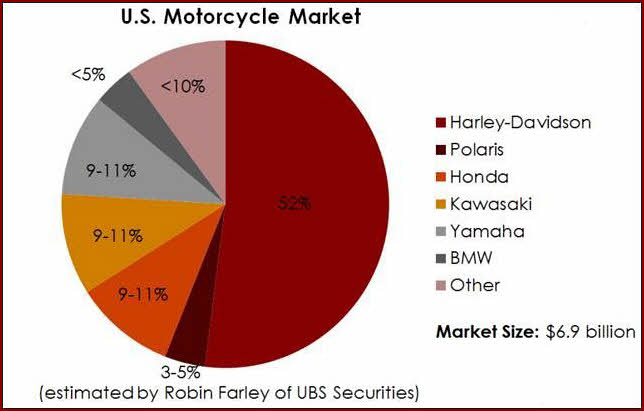
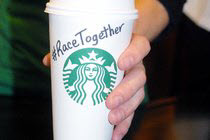 The idea was that every time someone got a cup of coffee, it could be an opportunity to talk about the recent racial and social tensions that have recently gained traction in the national media.
The idea was that every time someone got a cup of coffee, it could be an opportunity to talk about the recent racial and social tensions that have recently gained traction in the national media.




